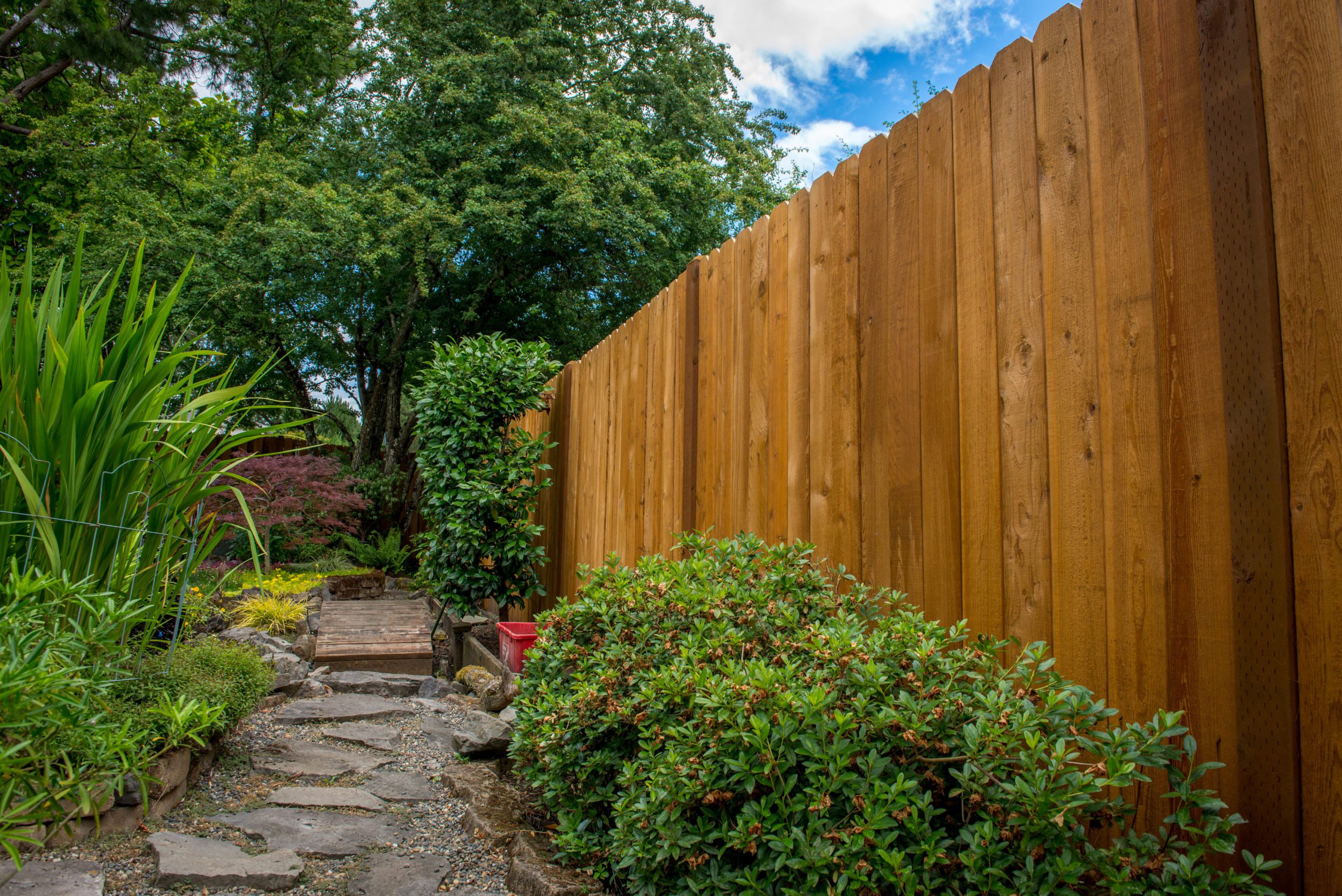Just How to Attain Professional Results With Deck Staining
In the world of exterior upkeep, achieving professional outcomes with deck discoloration is a task that needs accuracy and treatment. The procedure of changing an aging deck into a rejuvenated exterior room needs greater than just a layer of discolor; it necessitates a methodical approach and focus to detail. From picking the proper tarnish for your deck's wood type to understanding the application strategy, each action plays an essential duty in the final outcome. As we get started on this trip to elevate the aesthetic appeals and longevity of your outside shelter, recognizing the subtleties of deck staining will be the keystone of your success.
Selecting the Right Spot
Choosing the suitable stain for your deck is an essential choice that considerably affects the general appearance and longevity of the surface. When choosing a tarnish for your deck, it is necessary to think about both the visual choices and the practical aspects of the product. The first factor to consider is whether you prefer a clear, semi-transparent, or strong shade discolor. Transparent stains allow the natural charm of the wood to reveal via but provide less UV security. Semi-transparent spots supply a compromise in between shade and wood grain visibility while offering modest UV defense. Solid shade spots, on the other hand, provide one of the most UV security and offer a vast array of color options but will completely hide the wood grain.

Furthermore, take into consideration the kind of wood your deck is made of, as various spots are developed to work best with specific wood kinds. Understanding the level of maintenance you agree to devote to is additionally crucial, as some discolorations may require more constant reapplication than others. By carefully considering these aspects, you can pick a discolor that not just enhances the appearance of your deck yet additionally safeguards it for several years ahead.
Preparing the Deck Surface Area
When thinking about deck discoloration, the first action in the direction of attaining specialist outcomes involves thoroughly preparing the deck surface. Correctly preparing the deck surface area is important as it ensures that the stain sticks well and provides lasting security to the wood.
Fining sand the deck surface area is additionally necessary to smooth out any rough areas and open up the wood pores for better tarnish penetration. Use a medium-grit sandpaper to sand the deck in the instructions of the timber grain.
Finally, shield any type of close-by plants, furniture, or surface areas from possible damage by covering them with plastic sheeting or decrease towels. Putting in the time to thoroughly prepare the deck surface sets the foundation for a successful discoloration task and guarantees professional-looking outcomes.
Applying the Spot
To achieve an expert coating when tarnishing a deck, meticulous application of the stain is essential. Apply the stain equally, adhering to the wood's grain to enhance the deck's all-natural beauty. By applying the tarnish diligently, you'll accomplish a professional-looking coating that enhances both the appearance and long life of your deck.
Making Certain Proper Drying Time
Making sure ample drying out time post-staining is critical to the total success of the deck project, as it permits the tarnish to effectively establish and bond with the timber surface. As a basic guideline, most deck discolorations will certainly require at least 24-48 hours to completely dry completely.
During this drying period, it is vital to maintain the deck surface free from any type of foot traffic, furnishings, or various other objects that might interrupt the finish. Additionally, it is crucial to prevent direct exposure to moisture, such as rain or dew, which can endanger the drying process. Correctly dried out tarnish will certainly feel dry to the touch and will not leave any deposit on your fingers when gently massaged. Making the effort to make certain extensive drying will certainly contribute substantially to the long life and appearance of your discolored deck.
Maintaining Your Discolored Deck
Appropriate upkeep of a stained deck is crucial for preserving the honesty and look of the finish attained via extensive drying out - fence staining near me. To preserve your tarnished deck efficiently, regular cleaning is essential. Brush up away debris and dirt routinely to avoid discoloration and mold and mildew growth. Take into consideration using a gentle cleaning agent mixed with water to scrub the surface and get rid of any built-up grime. It is recommended to cleanse your deck a minimum of twice a year, ideally in the spring and autumn, to keep it looking vibrant and fresh.

Conclusion
To conclude, achieving specialist results with deck discoloration includes choosing the suitable stain, effectively preparing the deck surface area, using the tarnish uniformly and regularly, enabling adequate drying time, and maintaining the discolored deck frequently. By adhering to these steps very carefully and attentively, you can ensure a beautifully tarnished deck that improves the appearance and durability of your outside space.

Correct upkeep of a tarnished deck is essential for protecting the integrity and appearance of the coating attained with complete drying.